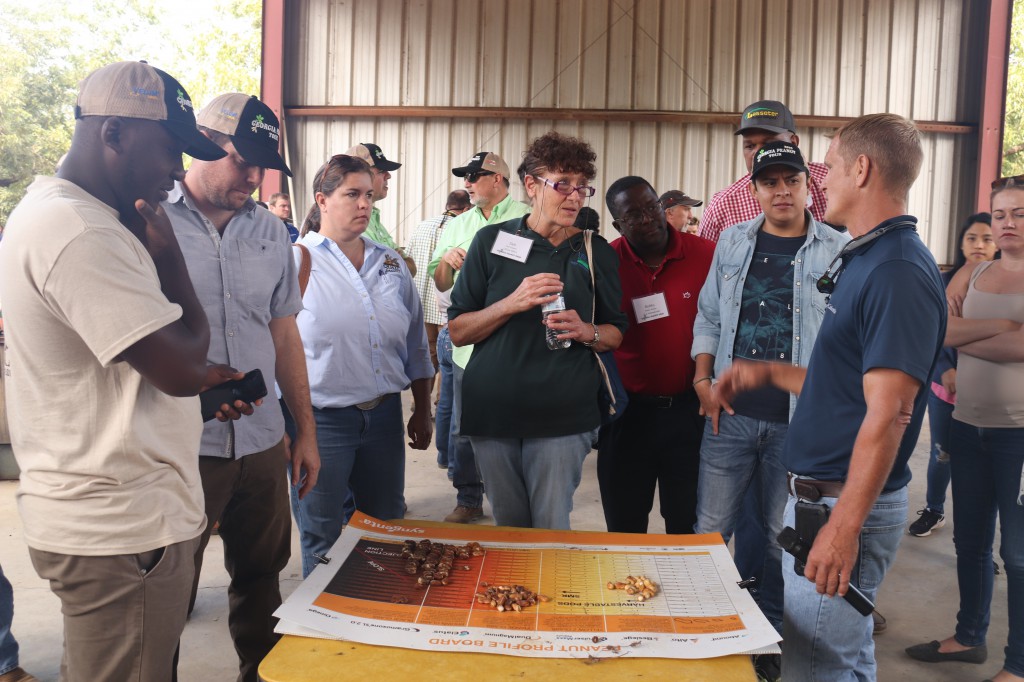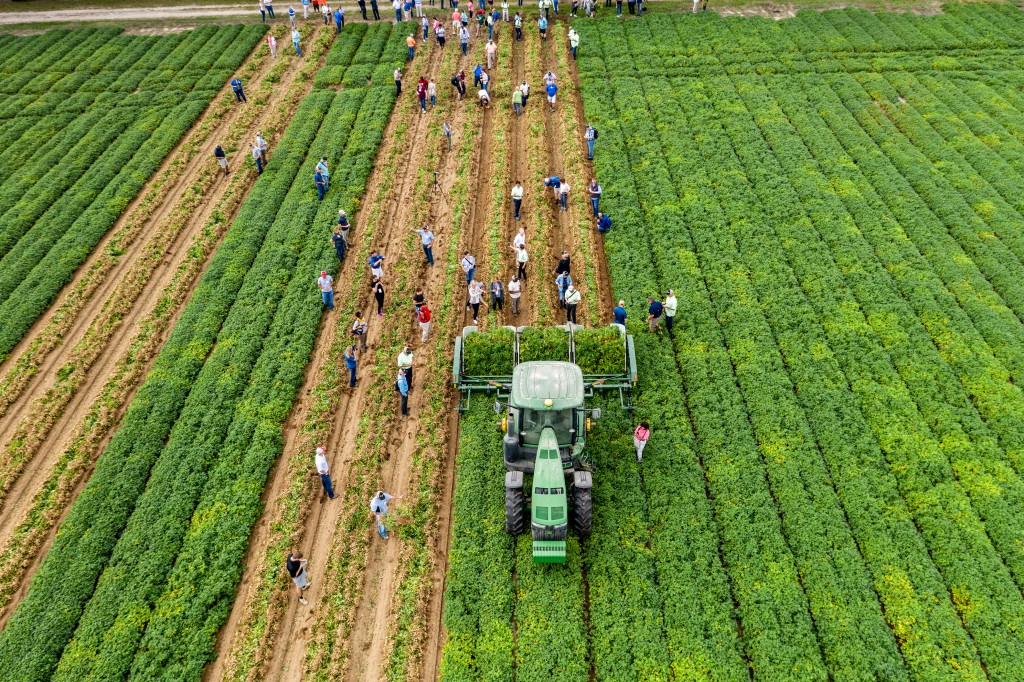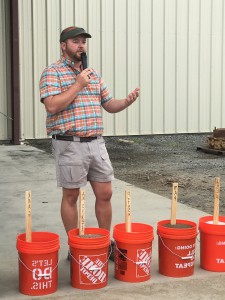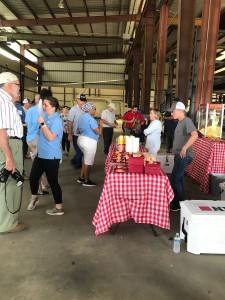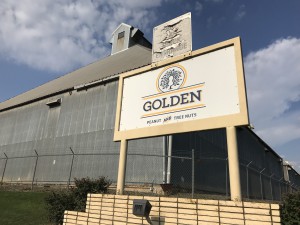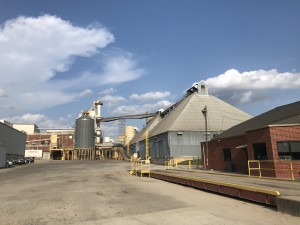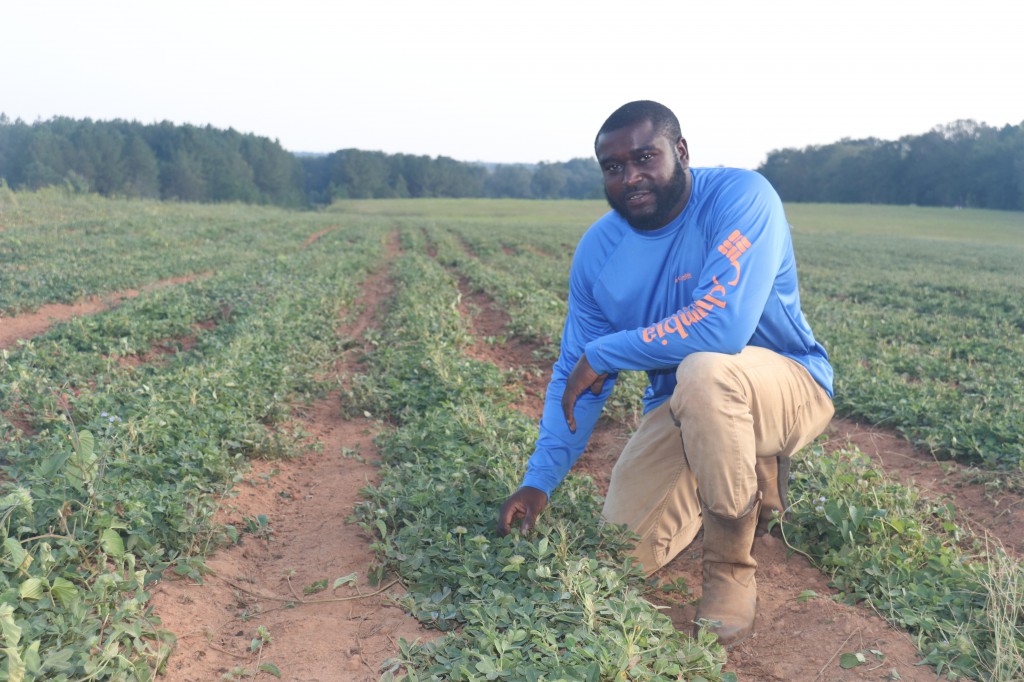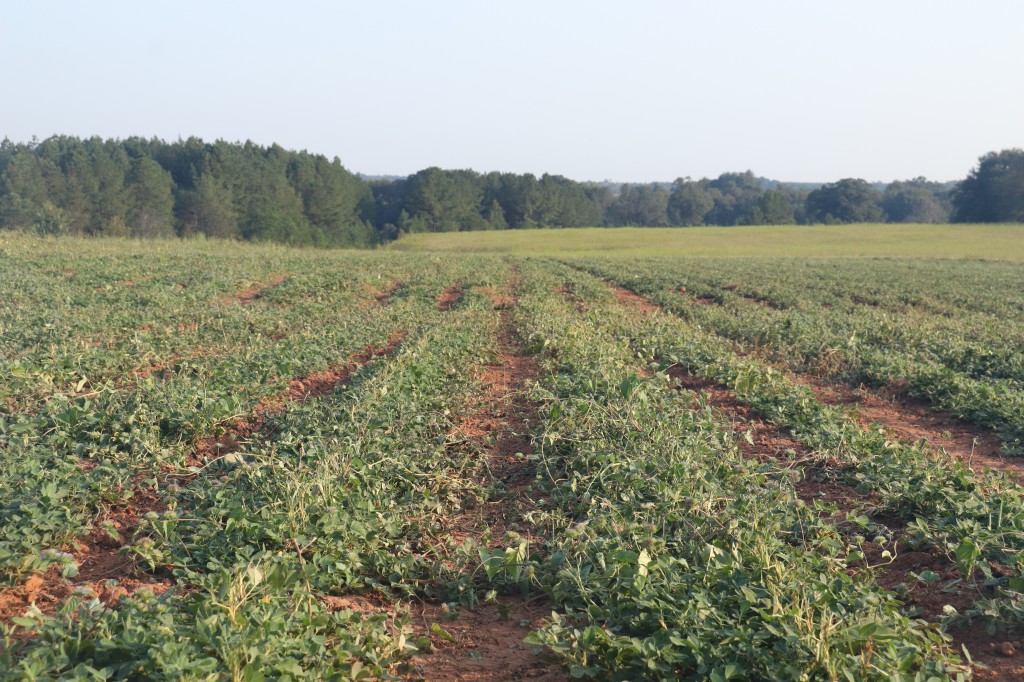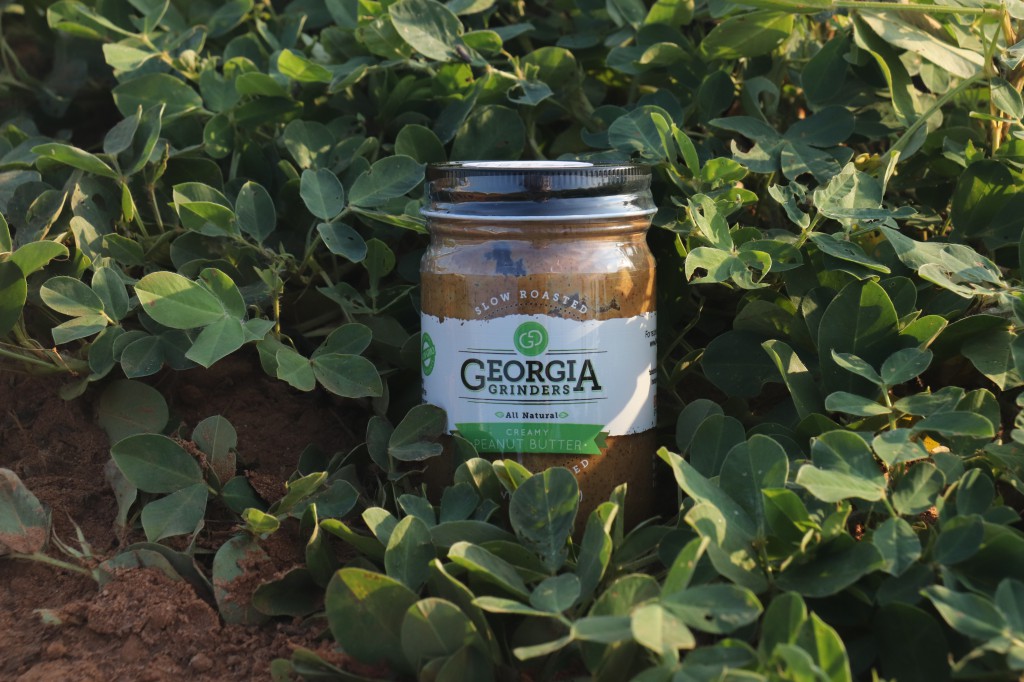Georgia Peanut Tour attendees were able to learn more about peanut harvest at Chase Farms in Ogelthorpe, Georgia. Attendees were greeted by father and son duo, Glen Lee and Donald. Together, they grow peanuts, field corn, sweet corn and raise poultry. Donald currently represents farmers in his area by serving as the District Five Georgia Peanut Commission Board member.
During the tour stop, attendees were also able to learn more about an on-farm research trial by the University of Georgia Peanut Team at Chase Farms. The research is focusing on the use of Apogee, a plant growth regulator. Apogee is applied twice per year to peanuts to help with excessive vine growth. The product works on peanuts by reducing vegative vine growth and increasing yields when used properly.
“We usually have bigger vines and this product is used to hold the vine growth down so that more energy goes into producing nuts rather than just producing vines,” Donald Chase says. “It is something that is promising.”
In addition to the digging demonstration, local county Extension agents presented a Harvest Maturity Clinic for tour attendees. Farmers utilize the hull scrape method or pod blasting and the Peanut Profile Board to determine if peanuts have reached optimum maturity for harvest. Digging peanuts is one of the biggest decisions farmers make each year. The maturity of a peanut affects the yield, flavor, grade and shelf life. Farmers can lose as much as 500 to 700 pounds per acre in fields if peanuts are harvested too early or too late. During the tour several county agents set up stations to show attendees how to use the Peanut Profile Board. To learn more about using the profile board, watch this video from an earlier tour.
